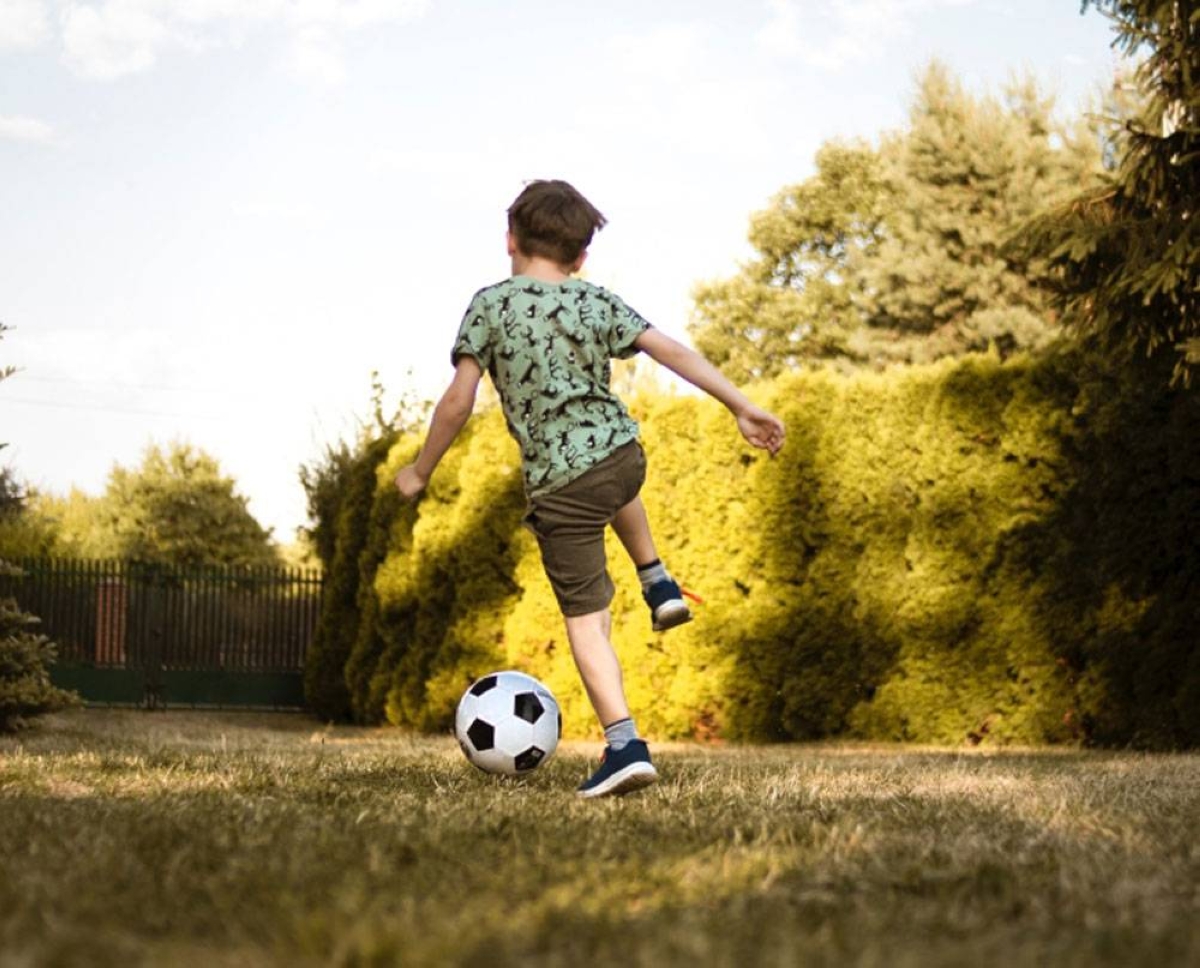Kids will always be kids, so whether schools suspend in-person classes or have started their long summer break, children will still go out and play under the sun’s scorching heat.
With the help of Makati Medical Center’s (MakatiMed) Department of Pediatrics, The Manila Times Lifestyle lists below summer’s most common diseases among kids and how to prevent them. Staying informed will allow the little ones to have fun while confidently guarding their health.
Skin conditions. Kids who stay out in the sun too long are bound to get one or two of summer’s common skin conditions.
“Prickly heat or bungang araw is an itchy and uncomfortable rash that develops when your sweat glands are blocked, and sweat cannot rise to the surface of the skin to evaporate,” says MakatiMed pediatrician Angelica Cecilia Tomas.
“Adults get it, but children get it more because their sweat glands are still developing.”
 Staying informed will allow the little ones to have fun while confidently guarding their health.
Staying informed will allow the little ones to have fun while confidently guarding their health.To relieve the discomfort of prickly heat, apply calamine lotion or talcum powder to soothe the itchy, stinging sensation. Keep kids cool by often changing them from sweaty clothes to loose, light-colored apparel.
“While outdoor play and more movement are encouraged for children, it is important to be aware of the hours when sun exposure is more helpful than harmful. Morning sunshine is still best for outdoor play. Ask your kids to take a break from playing (or play in a shaded area) when the sun’s rays are at their most intense — between 10 a.m. and 4 p.m. — and have them hydrate regularly by drinking at least eight glasses of water,” advises Dr. Tomas.
If a child develops a painful sunburn, give them a cool bath or apply a cool compress to the sunburned area.
“Applying aloe gel or topical moisturizer also helps relieve the burn,” the pediatrician adds.
Food-and-water-borne diseases. “Food poisoning is the result of consuming spoiled food and drinks. It happens more often during summer because bacteria thrive in hot weather and multiply in warm, moist places,” says Dr. Tomas.
Unsanitary food handling also adds to the risk of food contamination.
An upset stomach, vomiting, diarrhea and fever are telltale signs of someone who may have eaten spoiled food.
The doctor prescribes that when a child exhibits such symptoms, parents should give them plenty of fluids to prevent dehydration.
“Also prevent food poisoning from happening in the first place,” she emphasizes.
To do so, make sure the people who prepare the food observe sanitary practices by handwashing and cooking food thoroughly. Consume food immediately after it’s cooked, and serve and store it in clean containers.
“If anything looks, smells, or tastes funny, throw it away!” Dr. Tomas instructs.
Measles. Otherwise known as tigdas, measles is a viral disease characterized by large, red, flat blotches on the skin. The first signs of measles usually appear seven to 14 days after exposure to a person with the virus. The most common symptoms are high fever, cough, runny nose, and red, watery eyes or conjunctivitis. The rash then appears three to five days later.
“In the Philippines, cases of measles reach their peak in the summer months. It’s an airborne disease, and when a child infected with the virus doesn’t cover his mouth when he sneezes, the infected droplets spread into the air, contaminating others,” informs Dr. Tomas.
Vaccinations generally protect children from contracting measles. “Ideally, the first dose should be given at months, the second dose between the ages of 12 and 15 months, and the third dose between the ages of four and six years,” she explains.
Sore eyes. Sore eyes or conjunctivitis spreads when your child touches his eyes after getting in contact with things — like toys — containing the eye secretions of an infected person. It can also enter your child’s eyes while he’s swimming in a poorly chlorinated pool.
Symptoms include redness in the eyes, a watery or pus-like discharge in the eyes, difficulty opening the eyes in the morning, and pain when the eyes are exposed to sunlight.
“If the conjunctivitis is viral and without complications, it can heal on its own within a week,” Dr. Tomas explains. “But if it is bacterial and affects vision, see an ophthalmologist for proper assessment and medication.”
“Again, hygiene is the best way to prevent sore eyes,” the doctor adds. “Wash your hands regularly, don’t rub your eyes when your hands are dirty, and do not share handkerchiefs and towels.”
For more information, log on to www.makatimed.net.ph.
*****
Credit belongs to : www.manilatimes.net
 Atin Ito First Filipino Community Newspaper in Ontario
Atin Ito First Filipino Community Newspaper in Ontario






